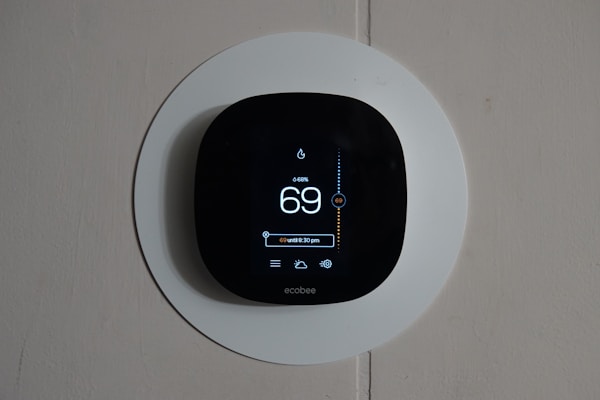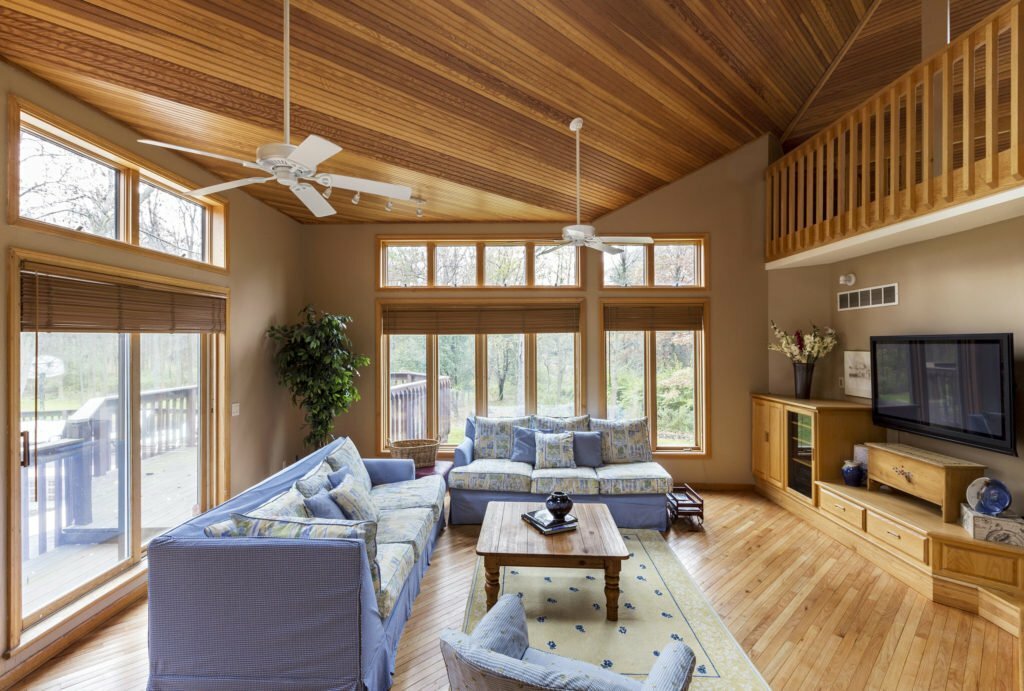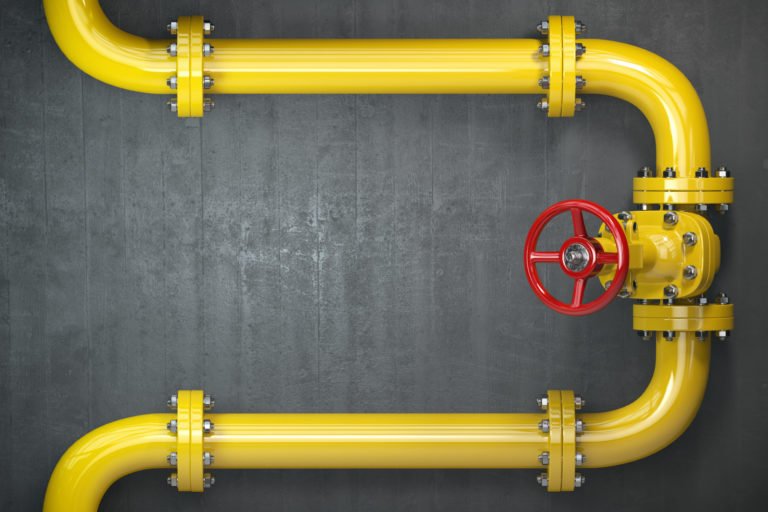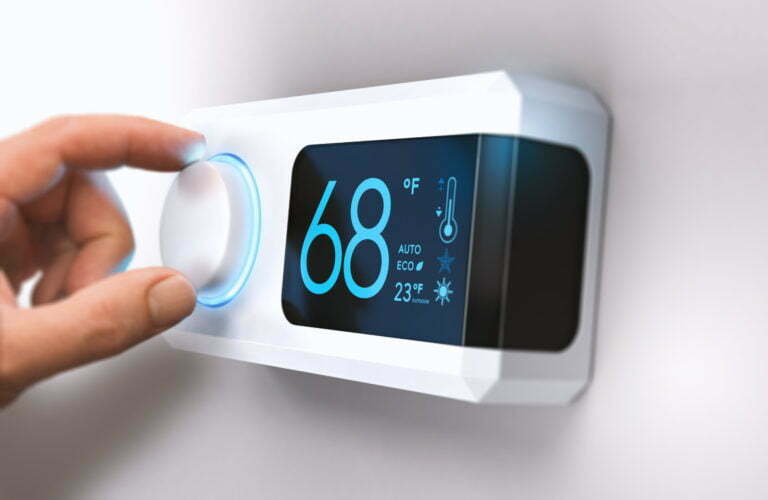It can be a real challenge to stay cool in the summer. Between the heat and the humidity, it can be uncomfortable even inside your home. Fortunately, there are many steps you can take to create a cooler indoor environment where you can relax when it’s sweltering outside. Your HVAC system will always be your first line of defense against rising temperatures, but you can also use ceiling fans to increase air movement and the wind chill effect. If you want to know more, read on to find out how to use a ceiling fan to cool down your home this summer.
How can you use a ceiling fan to cool down your home?

There are many reasons why homeowners might want to use ceiling fans. Ceiling fans help to create a more comfortable environment by circulating air throughout the room. This helps to cool you down in the summer and warm you up in the winter. Fans also can help to reduce your energy costs by allowing your HVAC system to cool or heat your home more efficiently. Air circulation is improved by ceiling fans as well, which can help to reduce the occurrence of asthma and other respiratory problems. You can even find decorative models that add to your interior design.
If you want your ceiling fan to be effective, you need to know which is the right ceiling fan direction for summer. In general, ceiling fans should be turned so that the blades are rotating in a counterclockwise direction. This will create a breeze that helps to cool the room. In summer, make sure that the fan is blowing air downwards, towards the floor. If the fan is blowing air upwards, it will actually help to circulate the hot air and make the room feel warmer. Take the climate into account when deciding which direction to turn your fan. If you live in a hot climate, it might be better to have the fan blow air downwards, even if it means rotating the blades in a clockwise direction. Conversely, if you live in a cooler climate, blowing air upwards may be more beneficial.
What else can you do to stay cool this summer?

One great way to beat the heat is to upgrade to a smart thermostat. A smart thermostat can help you save energy and money while keeping your home comfortable. Smart thermostats are programmable, so you can set them to cool your home before you arrive home from work, or before you wake up in the morning. They learn your habits and adjust the temperature accordingly. Whether you’re on vacation or just running errands, you can use your smart phone or tablet to adjust the temperature in your home. Since they allow you to track energy usage, they can even help you reduce energy consumption and your carbon footprint at the same time.
Windows are a central part of a home’s insulation and energy efficiency. In the winter, they help keep the heat inside, and in the summer, they retain cool air. Cracks and crevices in your windows can let in outdoor air and allow cool air to leak out in the summer. Not only will this affect the indoor climate, it can lead to higher energy bills. Inspect your windows regularly to ensure they are properly sealed. You can do this by using caulk or weatherstripping to fill in any cracks or gaps. If your the flaws or imperfections are severe, you may want to consider repair or replacement.
There are a lot of factors that are involved in maintaining your preferred indoor temperature, especially when it gets hot outside. Keeping your HVAC system in good working order is necessary, but you can do more than that too. Ceiling fans will boost the impact of your air conditioner, in addition to reducing your utility bills. You can upgrade even further by switching to a smart thermostat, which will give you even more precise control over the climate in your home. As long as your house and its fixtures are in good condition, you should be able to stay cool all summer long.





